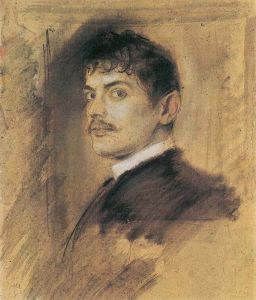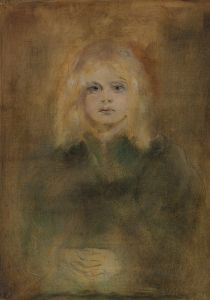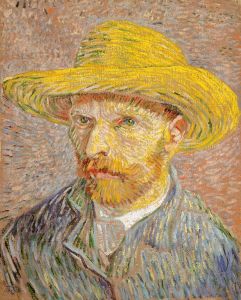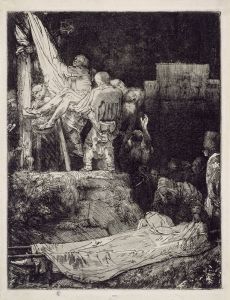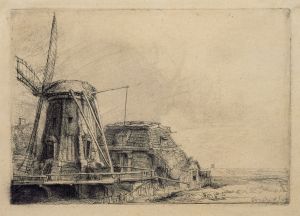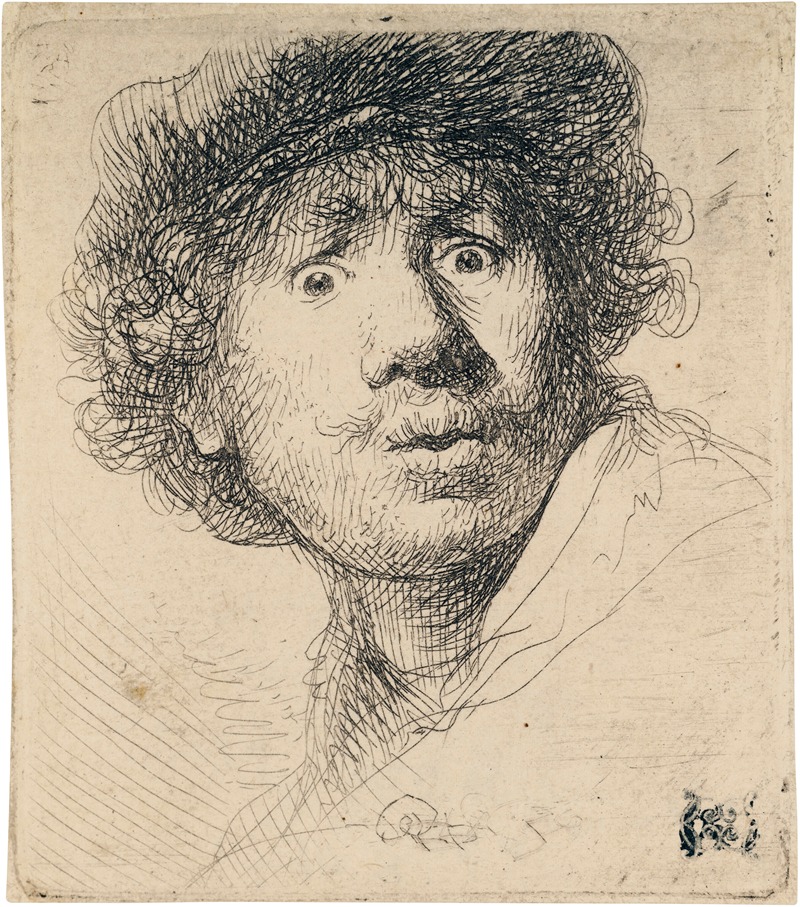
Self-Portrait in a Cap, wide-eyed and open-mouthed
A hand-painted replica of Rembrandt van Rijn’s masterpiece Self-Portrait in a Cap, wide-eyed and open-mouthed, meticulously crafted by professional artists to capture the true essence of the original. Each piece is created with museum-quality canvas and rare mineral pigments, carefully painted by experienced artists with delicate brushstrokes and rich, layered colors to perfectly recreate the texture of the original artwork. Unlike machine-printed reproductions, this hand-painted version brings the painting to life, infused with the artist’s emotions and skill in every stroke. Whether for personal collection or home decoration, it instantly elevates the artistic atmosphere of any space.
"Self-Portrait in a Cap, wide-eyed and open-mouthed" is a small etching created by the renowned Dutch artist Rembrandt van Rijn in 1630. This work is part of Rembrandt's extensive series of self-portraits, which he produced throughout his career, offering a unique insight into his artistic development and personal life.
The etching measures approximately 5.1 x 4.7 cm (2 x 1.9 inches), making it one of the smaller works in Rembrandt's oeuvre. Despite its modest size, the piece is notable for its expressive quality and the artist's ability to convey a wide range of emotions through minimal means. In this self-portrait, Rembrandt depicts himself wearing a cap, with his eyes wide open and mouth agape, capturing a moment of surprise or shock. The exaggerated expression is both humorous and striking, showcasing Rembrandt's skill in rendering human emotion.
Rembrandt's use of etching as a medium allowed him to experiment with different techniques and effects. In "Self-Portrait in a Cap, wide-eyed and open-mouthed," he employed fine lines and careful cross-hatching to create depth and texture, giving the image a sense of immediacy and vitality. The etching process involves drawing onto a metal plate coated with a protective ground, which is then exposed to acid to create the lines. This method enabled Rembrandt to achieve a high level of detail and subtlety in his prints.
The self-portrait is part of a broader tradition of artists depicting themselves, a practice that dates back to antiquity but gained particular prominence during the Renaissance. Rembrandt's self-portraits are distinguished by their introspective quality and the artist's willingness to present himself in a variety of guises and emotional states. This particular etching is one of several in which Rembrandt adopts a playful or theatrical pose, suggesting a degree of self-awareness and a desire to explore the expressive potential of his own image.
"Self-Portrait in a Cap, wide-eyed and open-mouthed" is held in various collections around the world, including major museums and private collections. It is often studied and exhibited as an example of Rembrandt's innovative approach to printmaking and his ability to capture the human condition. The etching continues to be admired for its technical mastery and the insight it provides into the artist's character and creative process.
Overall, this self-portrait is a testament to Rembrandt's enduring legacy as one of the greatest artists of the Dutch Golden Age. His ability to convey complex emotions with economy and precision remains influential, and works like this etching continue to captivate audiences and scholars alike.





